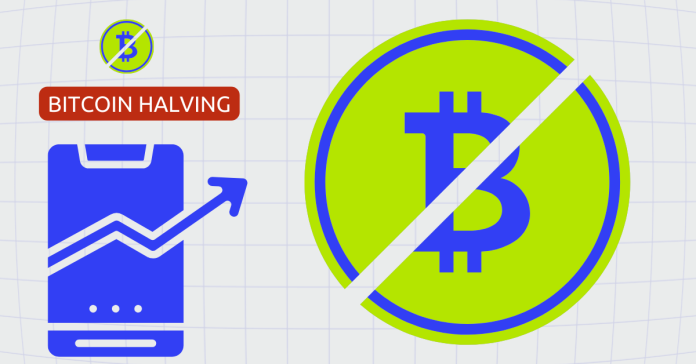Today marks a significant event in the history of Bitcoin as its fourth block reward halving takes place. This event impacts the supply chain of the cryptocurrency by reducing the mining reward for new Bitcoin blocks from 6.25 BTC to 3.125 BTC.
Leading up to the BTCHalving2024, Bitcoin experienced some price volatility, dipping as low as $59,685 before bouncing back above $65,000. This was partially influenced by geopolitical tensions, such as Israel’s attack on Iran, highlighting Bitcoin’s sensitivity to global events.
In contrast to previous halvings, where prices often saw a sharp increase afterwards, this halving has resulted in more stability. However, Bitcoin has already been on a remarkable rise, going from $15,500 in late 2022 to a high of $73,680. This can be attributed to factors such as the approval of spot Bitcoin ETFs in the U.S.
Analysts have mixed opinions on the impact of the halving on Bitcoin’s price trajectory. While some predict a post-halving rally, others, like JPMorgan, warn of a potential drop due to overbought conditions. Goldman Sachs also notes that the success of previous halving cycles relied on supportive macroeconomic conditions.
One unique aspect of this halving is that Bitcoin’s hash rate, the amount of computing power used to mine and secure the network, is expected to remain stable. In the past, when the hash rate was cut in half, there were short-term drops followed by increases. However, with the approval of U.S. Bitcoin ETFs, there has been accelerated development and business adoption, leading to higher demand for Bitcoin.
Despite uncertainties surrounding geopolitical tensions, regulations, and technical flaws, Bitcoin continues to attract investors from around the world, solidifying its position as a major player in the financial system.
As the Bitcoin halving reduces new coin issuance and makes it deflationary with a fixed supply, short-term traders may face challenges as market excitement may already be priced in. However, Bitcoin’s price is largely driven by sentiment rather than facts, and its long-term success depends on sustained investment. So while the halving may affect its price in the short term, its future ultimately relies on continued investment.

